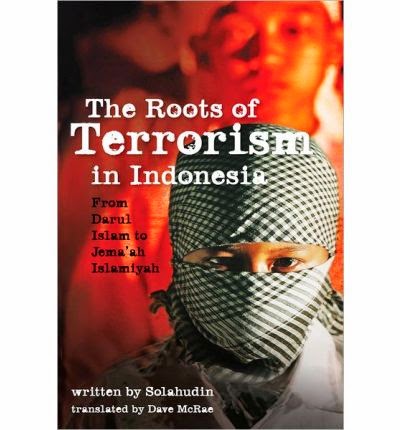The Rising Cost of Choice
IN June 2004 the President and Vice President of Indonesia will, for the first time in history, be chosen by the direct election of the people in 32 provinces. Each candidate may require over Rp70 billion in funds in order to run a viable campaign--this is an estimate based on calculations of campaign budgets in the 1999 elections, courtesy of an NGO known as the Center for Electoral Reform (Cetro).
This large figure is a result of Cetro's assumption that all candidates will find it very difficult to run a complete campaign in all of the regions, due to time constraints. The presidential election campaign is expected to commence in May 2004, following the election of legislators in April 2004, and will run until the day of the elections, which is currently set for June. Depending on the exact date set for the presidential poll, candidates may only have approximately one month to run their campaigns.
Executive Director of Cetro, Smita Notosusanto, predicts that presidential candidates will seek to compensate for the limited time frame by running particularly intensive and costly campaigns. For example, presidential candidates may seek to campaign in two provinces within one day. Or they may personally campaign in only half the provinces, but make up for it by large-scale advertising in the mass media. Smita expects that the latter option will look attractive to many of the candidates.
Cetro's data shows that the combined campaign budgets of the 12 political parties that contested the 1999 General Election amounted to around Rp23 billion. One of those parties alone spent Rp7.1 billion. Parties which each bought mass media space to an individual value of over Rp1 billion were Golkar, PDI-P (Indonesian Democratic Party of Struggle), the Republic Party, the National Awakening Party (PKB) and the National Mandate Party (PAN).
Candidates in the 2004 presidential elections will also need the support of a daily operational staff to run the campaign process. Assuming that a candidate coordinates his campaign from a head office in Jakarta and also has representatives in each of 32 provinces and 340 regencies or localities, the funds required to support the candidate's staff and other office necessities for a period of one month would be around Rp3.1 billion.
The next budget item is for campaign trips from Jakarta to the regions for which the estimated figure is a massive Rp62.7 billion. The amount is so large because it includes the cost of bus transportation for campaign rally attendees as well as the cost of producing flags, T-shirts and other campaign paraphernalia. The figure for transportation of the candidate and his immediate campaign team alone may amount to Rp1.2 billion. This assumes that a candidate visits each region once and brings an entourage of 12 persons.
Based on the above assumptions, the estimated amount needed by a presidential candidate in 2004 already stands at around Rp74 billion.
But, according to Smita, it is not certain that candidates will actually end up spending that amount. Some important items were not included in the above calculations, such as accommodation during the campaign. On the other hand, the amount spent by some candidates could end up being less. The amount to be spent on mass media advertising may be smaller if candidates have their own media outlets or receive discounts and other benefits from media proprietors. Similarly, the budget for the campaign secretariat may be lower than estimated if a candidate is able to obtain use of head office premises free of charge for his supporters. The cost of campaign rallies may be lowered if local communities prepare their own campaign paraphernalia.
Cetro regards such forms of assistance, which result in lowering the cost of a candidate's campaign, as questionable. Currently there is no regulation stating that all forms of campaign assistance should be considered as campaign contributions. "This may become a loophole that candidates use to avoid breaching the maximum limit for campaign contributions," said Smita. If all forms of campaign assistance were considered to be contributions, they would be subject to Article 23 of the Election Law which states that personal contributions should not exceed Rp50 million, and corporate contributions should not exceed Rp500 million.
The huge amounts required to run a campaign will function as a form of "natural selection" of presidential candidates. Smita is of the opinion that those parties who will find it easiest to raise the sums required are PDI-P and Golkar. That is, the party in power and the former party in power. In this context, activists of the University Network for Free & Fair Elections worry about possible abuse of state-owned and region-owned enterprises. These government assets could become cash cows used to smooth the way for government candidates in the 2004 elections.
Abdul Manan
TEMPO, APRIL 07, 2003-030/P. 18 Heading Special Report

Comments